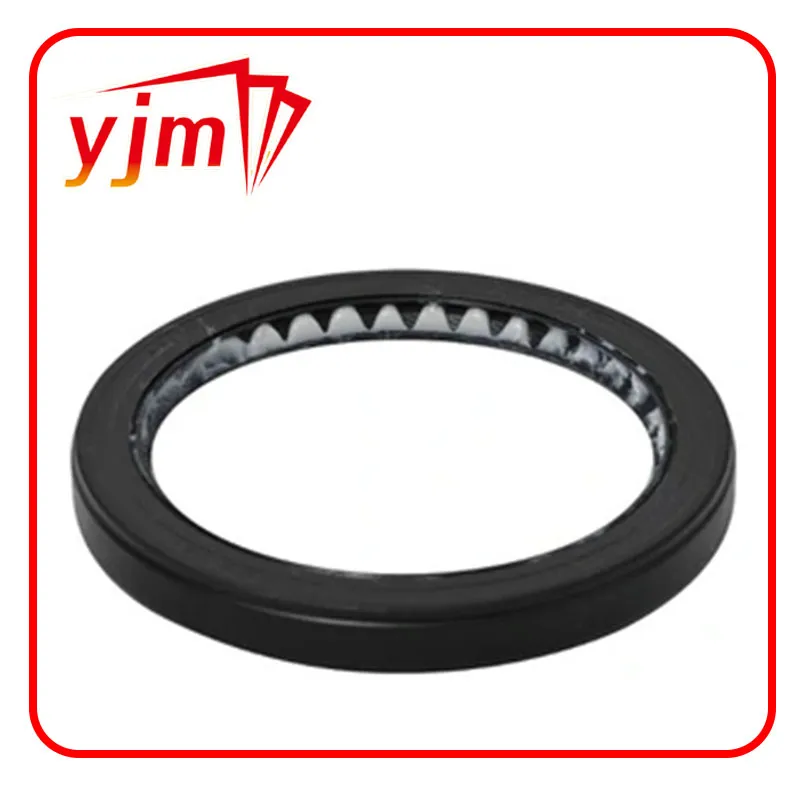Exploring the Evolution and Impact of Car O-Rings in Automotive Engineering
The Significance of O-Rings in Automotive Engineering
In the realm of automotive engineering, the significance of small components often goes unnoticed. Among these, the O-ring stands out as a crucial element, playing an essential role in ensuring the efficiency and reliability of vehicles. An O-ring is a mechanical gasket in the shape of a torus, designed to be seated in a groove and compressed during assembly between two or more parts. While they may be small and seemingly simple, O-rings are fundamental in a variety of applications within the automotive industry.
Function and Importance
O-rings primarily serve two important functions sealing and cushioning. As sealing elements, they prevent the leakage of fluids and gases, which is vital for the proper functioning of different automotive systems. For instance, in the engine compartment, O-rings are used to seal connections between various components such as oil filters, fuel injectors, and water pumps. Any failure in these seals could lead to fluid leaks, ultimately resulting in diminished performance, increased wear, and costly repairs.
Moreover, O-rings also play a crucial role in maintaining the integrity of hydraulic systems within vehicles. Hydraulic systems, such as brakes and power steering, rely on the precise sealing capabilities of O-rings to ensure enough pressure is maintained for optimal operation. A small compromise due to wear or poor installation can lead to significant safety issues, highlighting the importance of these seemingly minor components.
Material Selection
The effectiveness of an O-ring is largely determined by the materials used in their construction. Common materials include rubber, silicone, nitrile, and fluorocarbon, each offering specific benefits and characteristics that make them suitable for various applications. For example, nitrile rubber, known for its oil resistance, is often used in automotive fuel systems, whereas silicone O-rings are preferred in applications that involve extreme temperatures.
car o ring

The choice of material directly impacts the O-ring's resistance to wear, temperature fluctuations, and chemical exposure. As vehicles evolve with advancements in engine technology and alternative fuel systems, the demand for more robust and versatile O-ring materials is also increasing. Engineers are continually exploring new compounds that can withstand harsh conditions, thereby enhancing vehicle longevity and performance.
Installation and Maintenance
Proper installation of O-rings is paramount for their effectiveness. Incorrect installation can lead to premature wear, leaks, and failure of the components they are designed to protect. It is critical to ensure that the O-ring is clean, lubricated, and correctly positioned during assembly. Additionally, routine inspections and maintenance can help detect any signs of wear or damage, allowing for timely replacements and minimizing potential issues down the road.
Automotive manufacturers often provide detailed guides on how to handle and install O-rings, emphasizing the significance of following these directives to avoid costly mistakes. Training for automotive technicians in the proper handling of these components is also essential, ensuring that vehicles remain reliable and safe for consumers.
The Future of O-Rings in Automotive Applications
As the automotive industry moves towards greener technologies, the importance of O-rings will continue to grow. Electric and hybrid vehicles require specialized sealing solutions for new battery systems and cooling mechanisms. The demand for O-rings that can handle different thermal and chemical environments will also increase, spurring further innovations in material science.
In conclusion, O-rings may seem like insignificant components, but they are a linchpin in automotive engineering. As vehicles become more sophisticated, the demand for high-quality, durable O-rings that meet stringent performance standards will only rise. It is essential for engineers, manufacturers, and technicians alike to understand the vital role that O-rings play in ensuring the efficiency, safety, and longevity of modern automobiles. Recognizing their importance will lead to better design choices and manufacturing practices, ultimately resulting in more reliable vehicles on the road.
-
Understanding Automotive Oil Seals: Essential Components for Engine and Shaft Protection
News Jul.30,2025
-
The Importance of Heavy Duty Seals in Industrial and Residential Applications
News Jul.30,2025
-
Exploring Industrial Oil Seals: From Felt Oil Seals to TTO and CFW Solutions
News Jul.30,2025
-
Essential Guide to Oil Seals: From Radial to Metal-Cased Seals for Industrial Reliability
News Jul.30,2025
-
Choosing the Right Oil Seals and Gaskets for Industrial and Automotive Applications
News Jul.30,2025
-
Cassette Seals: Durable Sealing Solutions for Harsh Environments
News Jul.30,2025
-
Understanding the Front Main Engine Seal: Purpose, Maintenance, and Installation
News Jul.29,2025
Products categories















